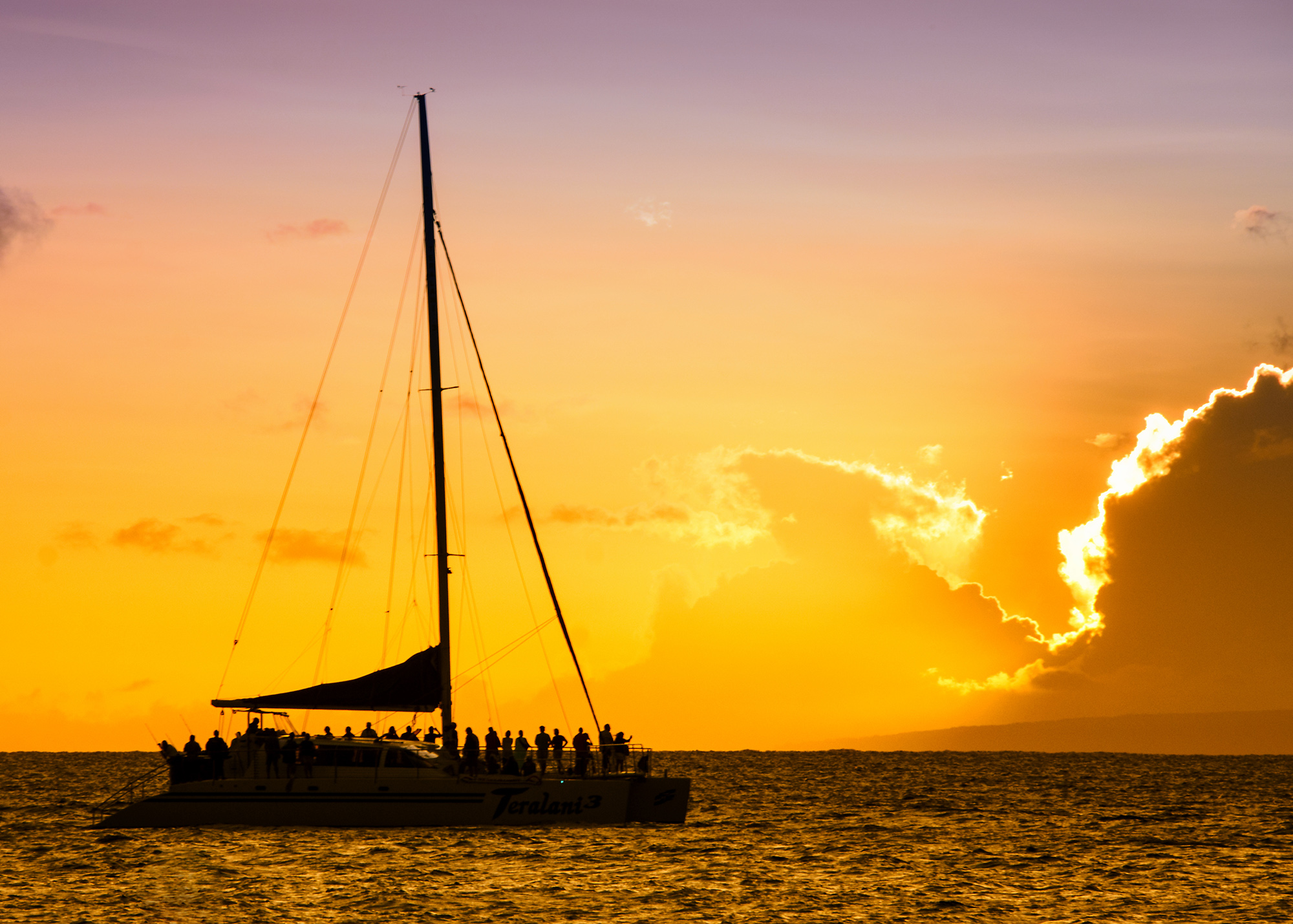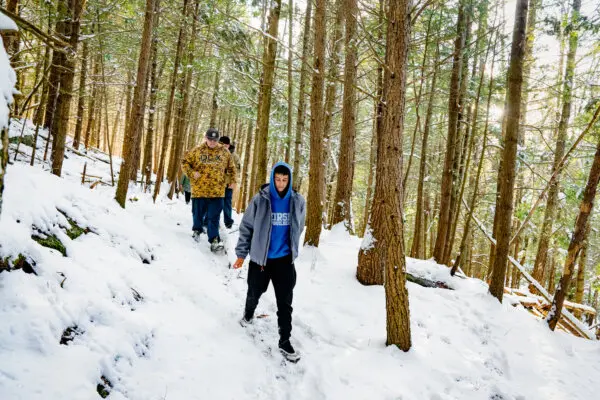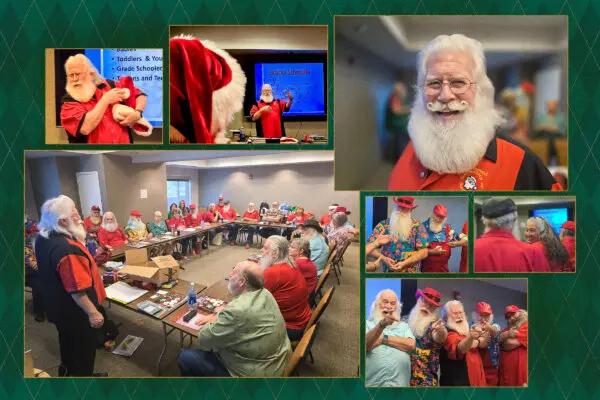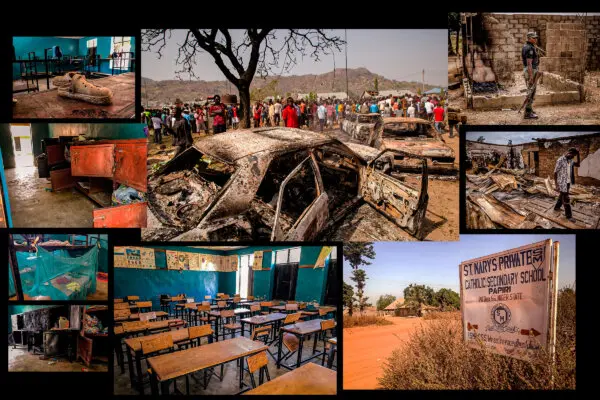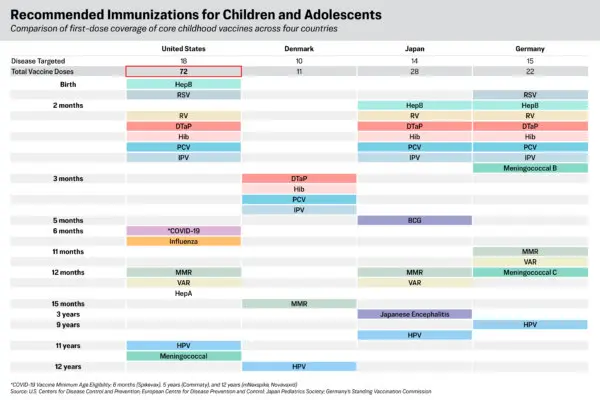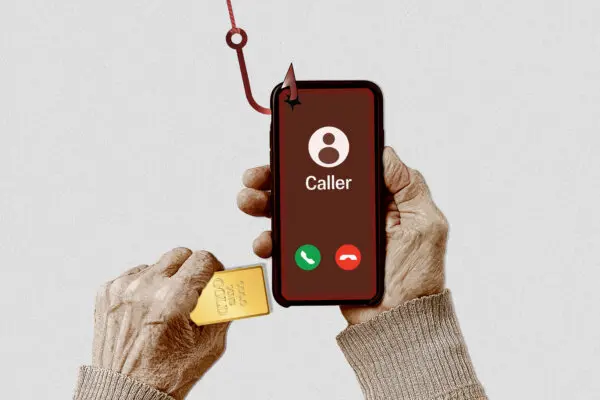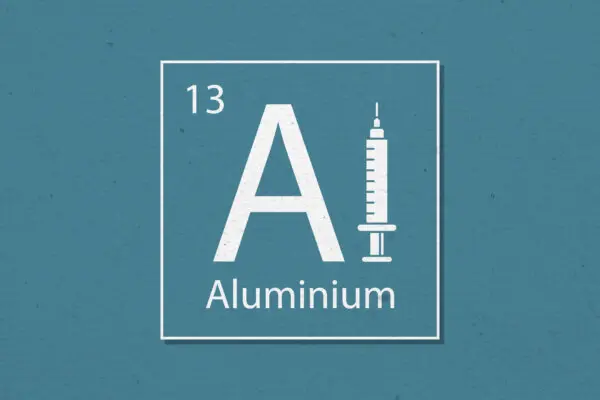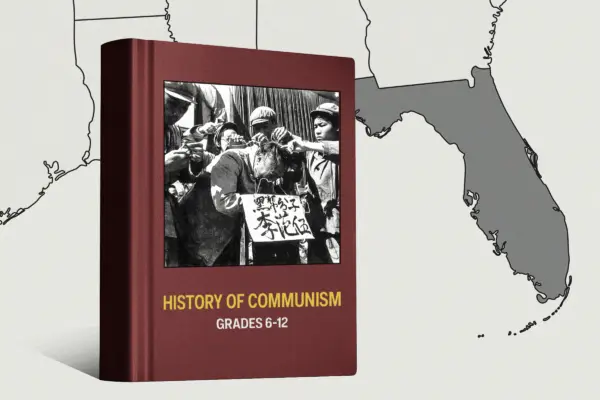In so many ways, Maui has long embodied the ultimate paradise for American travelers—and on many fronts, it is exactly that. On one hand, you get sandy beaches, the big, blue Pacific, and swaying palms caressed by the trade winds. On the other, you get the “aloha” spirit and a culture that goes back many generations—one that’s integrally tied to the land, water, and sky.
Wildfires devastated the beautiful community of Lahaina almost exactly a year ago. The rebuilding and healing there will take time. But the rest of the island is open for business, and the people of Maui are happy to invite visitors back.
